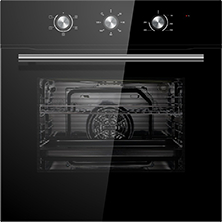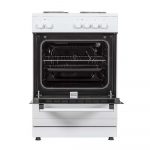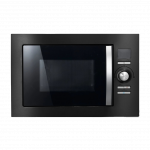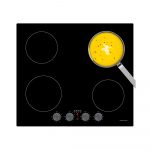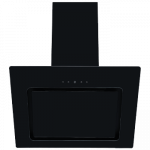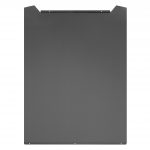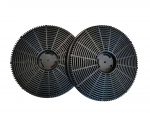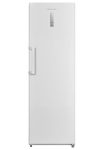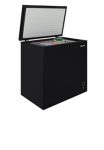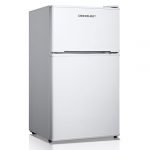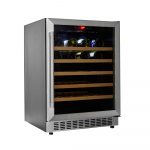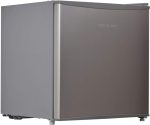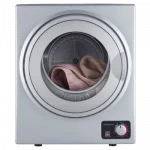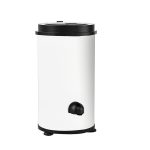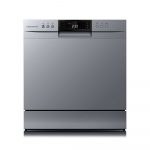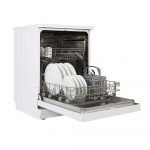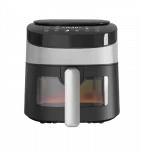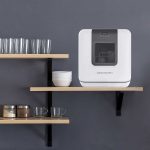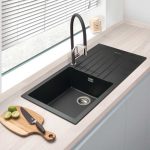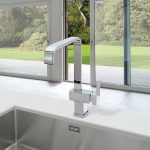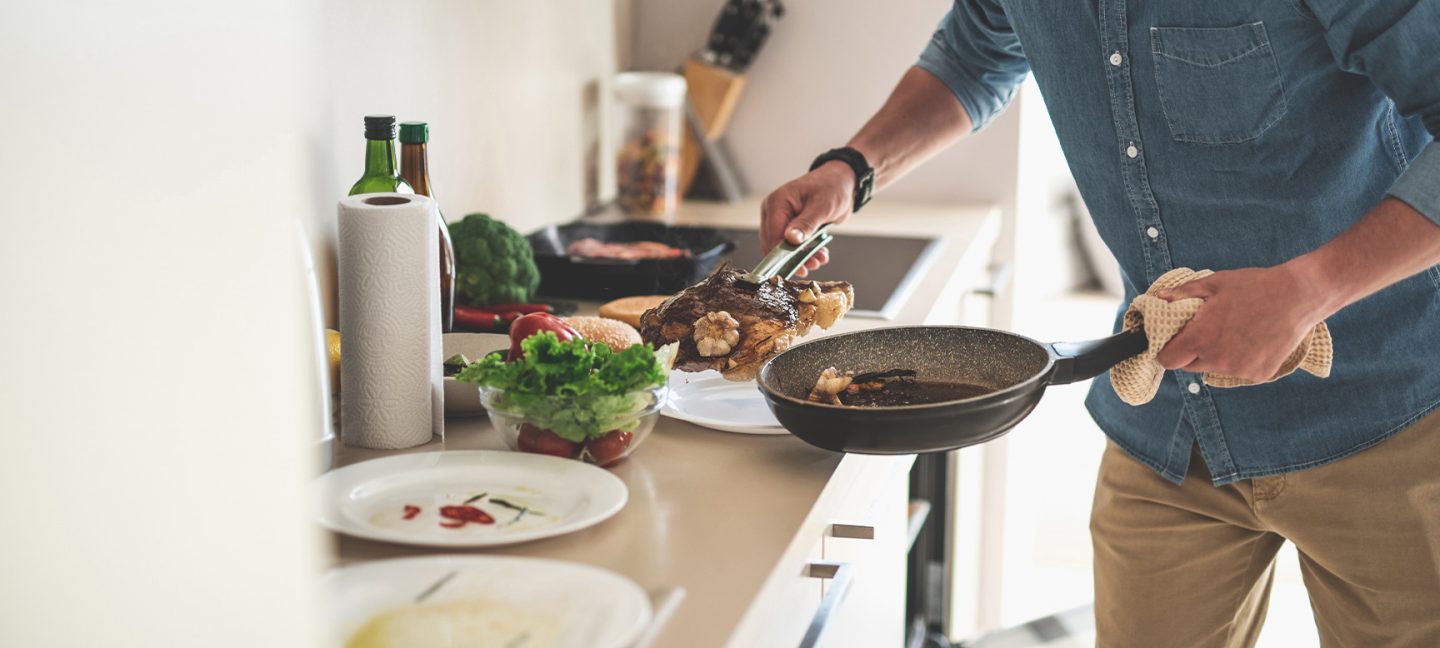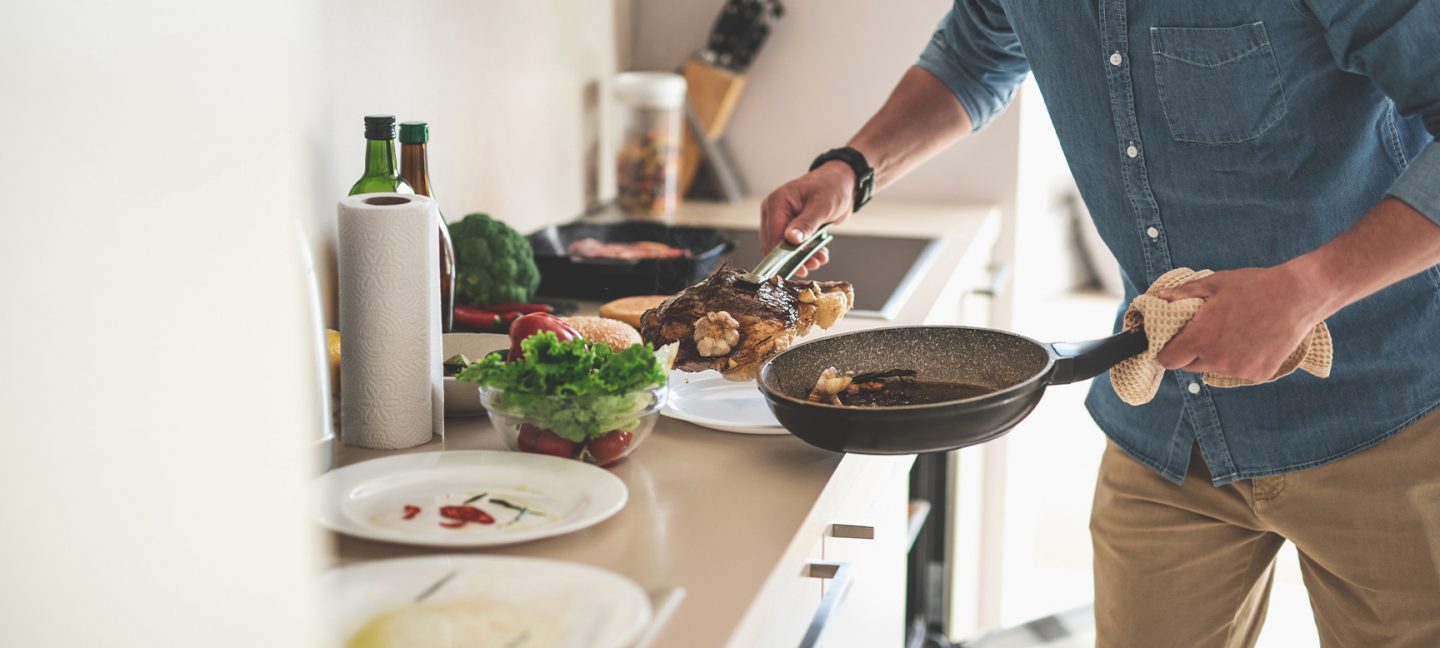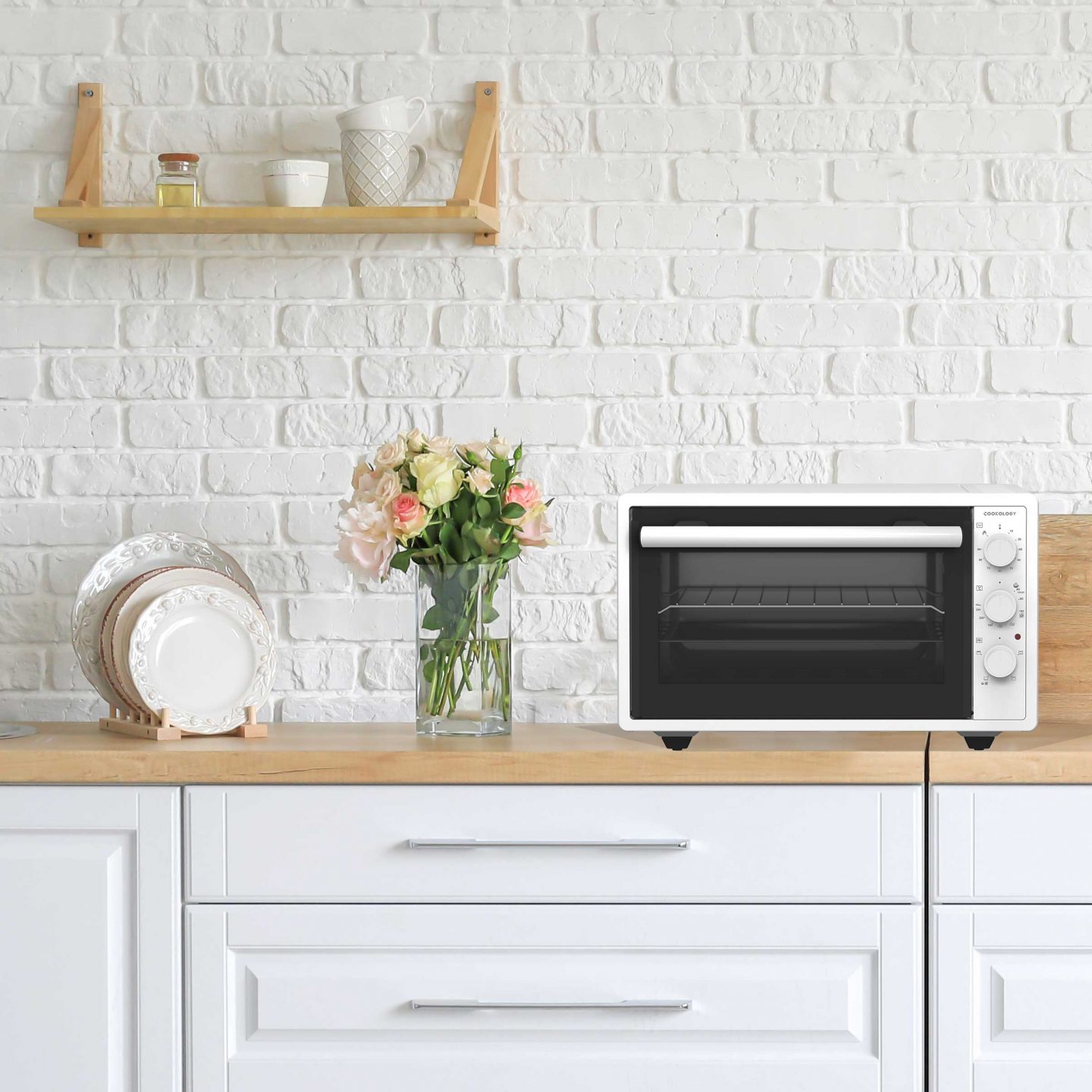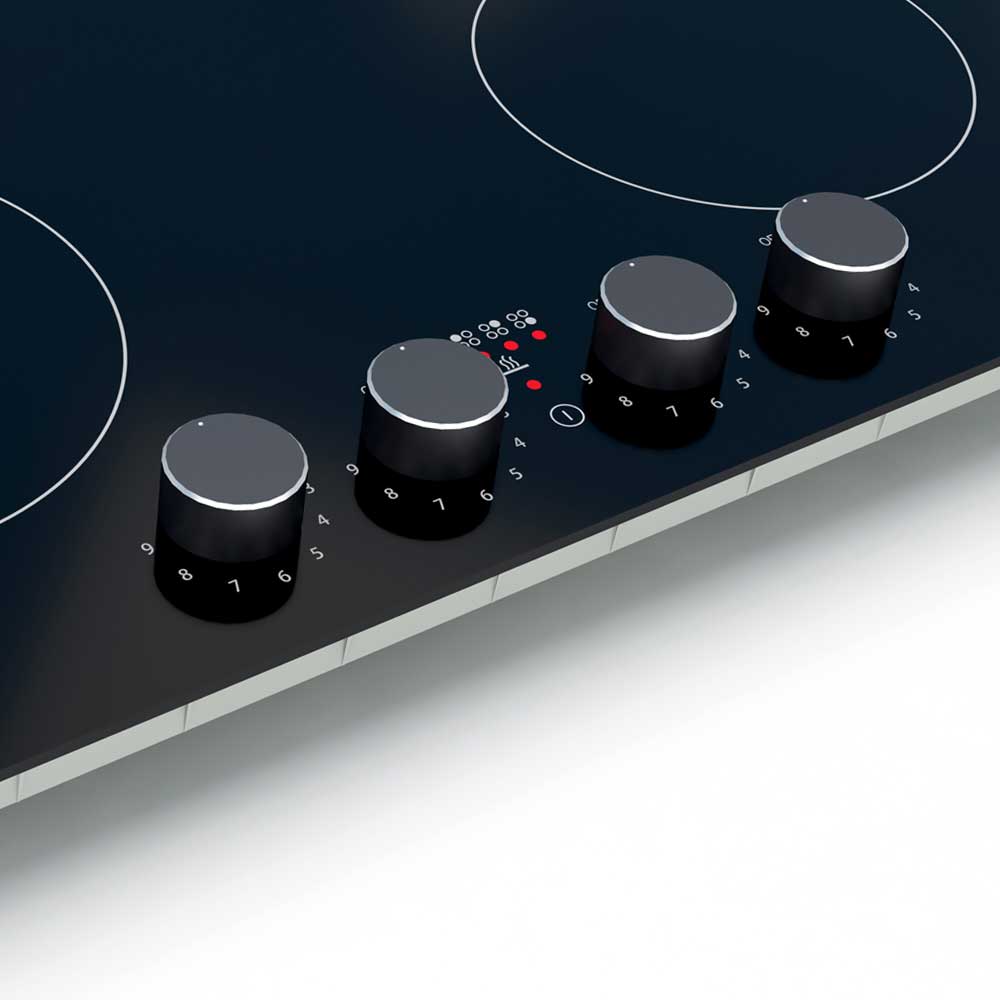For many people, a kitchen fridge is something that’s gets used every day but without much consideration around how it’s being used. Whether unloading the shopping into it or grabbing a quick snack, there are ways that you can improve the use of your fridge to remain energy efficient, extend its lifespan and avoid unnecessary food waste.
Buying a new fridge is an important investment, so it makes sense to get the most out of it and look after it. Here are some tips to help you avoid costly mistakes and ensure you’re getting the most out of your appliance.
Optimise your storage space
From unloading shopping to finding a spot to put away leftovers, it’s often all too easy to store items in the first gap that you come to. However, this isn’t necessarily the best way to store items in the fridge. 60% of food waste in the UK comes from households, and fridge placement can make a big difference. Here’s a guide to organising your fridge from top to bottom:
Top shelf
The top shelf is best reserved items that are ready to eat immediately. This could include any cooked meats, prepared salads and leftovers. The reason for this is that the top shelf is generally the warmest, so keeping your foods that are ready to consume there should help prevent bacterial growth.
Middle shelf
The middle shelves are ideal for dairy products, such as butter, yogurts and cheese. Perhaps controversially, it’s also the best place to keep your milk. Many people store milk in the door, however, due to the door being opened and closed regularly, this can be an unstable area in terms of temperature.
Bottom shelf
On the bottom shelf, the coldest part of the fridge, you should keep things like raw meat and seafood. This is partly due to the temperature, but also to help avoid any leakages from these items dripping downwards and contaminating other food.
Drawers
The drawers, often referred to as a salad crisper, are ideal for vegetables, salads and fruit. These drawers have a slightly different level of humidity to the rest of the appliance, making them ideal to keep these items fresh for longer.
Fridge door
The door of the fridge is traditionally the place where many people keep milk, owing to the fact that it can be stored upright and easily removed. However, due to the temperature fluctuations, it’s recommended that this is the best place for things like condiments, sauces and fruit juices – all of which can withstand these changes in temperature.
Over or underfilling
Over or underfilling the fridge is well known to make a difference when it comes to performance. If a fridge is overfilled, the airflow within the appliance can become affected and the fridge will need to work harder to keep cool. This extra work can lead to an increase in energy consumption and, ultimately, bills.
Perhaps more surprisingly, underfilling the fridge can also lead to poor performance. An empty fridge means more space to cool down. There’s much more air in an empty fridge that needs to be cooled, meaning the motor is constantly working to do this. It’s also harder for the appliance to regulate temperature and there’s less food to absorb the cool air.
For optimum fridge performance, it’s best to find the right size fridge your needs and keep it at ¾ full. This means that the air can circulate freely and there’s enough food to cool other produce down. Our Which is More Efficient – Fridge Full or Empty? Guide goes into more detail.
Door seal care and maintenance
The fridge door sees a lot of wear and tear over time, as users open and close it regularly. This means the seal around the edge of the door can often become frayed or worn, this can lead to the cold air from the fridge escaping more easily and the compressor working harder to maintain temperature
Therefore, it’s important to ensure that you maintain the seal and keep an eye out for damage. To maintain the seal, wash it gently with warm water and check for any breakages. Either repairing the seal or the appliance when it becomes damaged will help save you money in the long term on energy bills.
Temperature control
Fridges should be kept between 3°C and 5°C; anything below this temperature can cause food to start to freeze. Similarly, you should be careful not to leave the door open for long periods of time or put hot food into the fridge, this is because the heat given off the food can contribute to raising the temperature of your fridge. Placing warm food in the refrigerator can also cause condensation to form, which can lead to more bacteria growth, frost or bacteria buildup.
Bacteria can grow if your fridge temperature exceeds 5°C and this is what is often referred to as the danger zone. A study from Which? found that seven-in-ten fridges contain harmful bacteria, making them a potential hazard for their owners.
It can be all too easy to not really think about how you’re using and maintaining your fridge, but following these steps should help with lower food wastage and a generally more economical use of your fridge. From freestanding fridges to tabletop fridges, it’s very much important to take care of your appliance and use it correctly.
